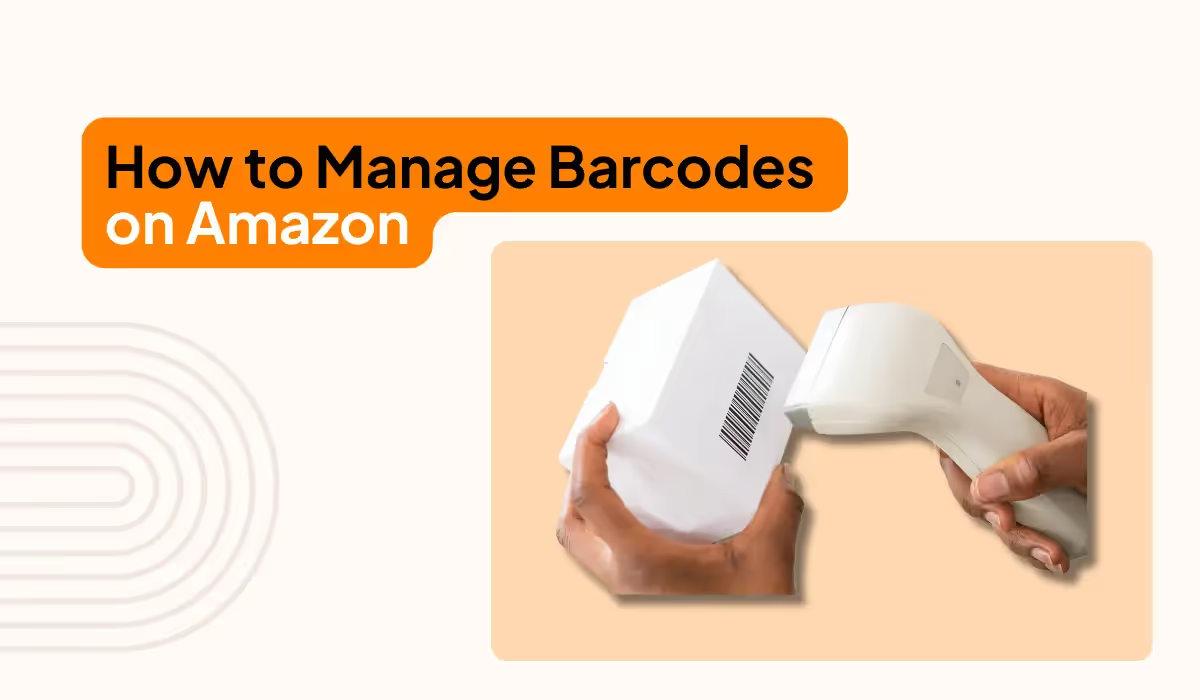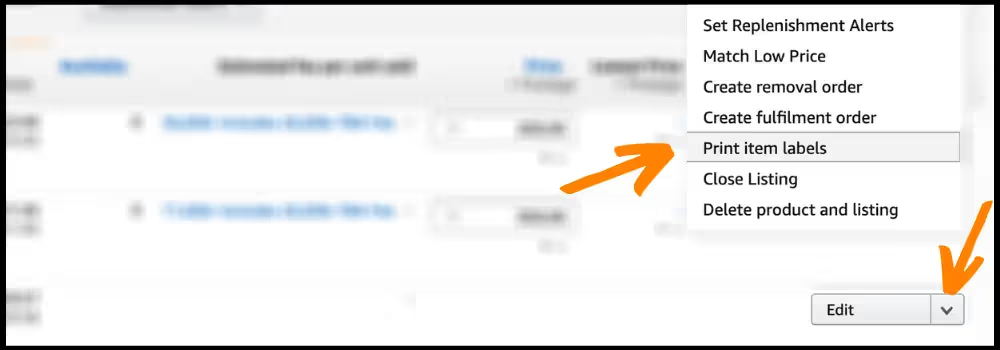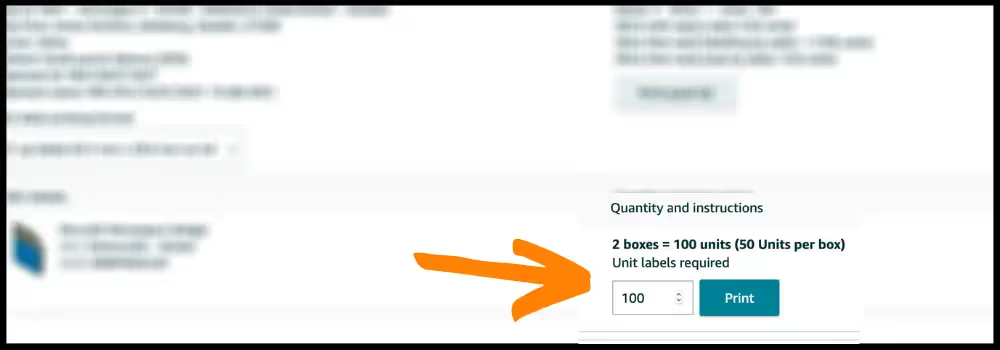How to Manage Barcodes on Amazon

When you sell through Amazon's Fulfillment by Amazon (FBA) program, Amazon handles the storage and shipping of the products you sell on Amazon. To enable this, all products you send to Amazon must be labeled with barcodes. Today, I'll walk you through how to manage barcodes when selling on Amazon.
Types of Barcodes
Amazon categorizes the barcodes you can use on products into two different types:
- Manufacturer Barcode - This is a barcode with universally unique identification codes, such as an EAN, UPC, or GTIN code. EAN codes are the most common for sellers in Sweden. These are the typical types of barcodes you usually see on products in physical stores and online.
- Amazon Barcode - This is a barcode uniquely generated by Amazon, which is unique not only for each product but for each seller as well. This means that if Seller X and Seller Y are selling the same product, they will still have different codes. The code itself is called FNSKU (Fulfillment Network Stock Keeping Unit), and you can obtain it after registering the product you want to sell on Amazon.
What’s the Difference Between Amazon and Manufacturer Barcodes?
There are two main differences between the FNSKU code and the more traditional Manufacturer barcode.
Firstly, it is often much simpler to handle a barcode based on an EAN code or similar. Why? Because that barcode will always be correct. You, as the seller, have assigned the EAN code, and this code applies regardless of where in the world you sell. With the FNSKU code, it’s not quite the same. The FNSKU code varies between different sellers of the same product and can also differ between Amazon’s various marketplaces for the same seller. If you sell the same product on Amazon.com and Amazon.se, there’s no guarantee that the FNSKU code will be the same. This makes FNSKU more challenging to manage.
The second difference is that using FNSKU is mandatory for certain products and in certain markets. The reason for this requirement in some markets is likely due to limited resources in those markets. For example, the Swedish market, which is relatively new. The reason FNSKU is mandatory for some products is that Amazon can use FNSKU to see exactly which seller sold which product. This is important for expensive and hazardous products, or products with other critical attributes.
How to Obtain FNSKU
If you want to use FNSKU, you have two options. Either you print and apply all FNSKU codes yourself, or you send the products to Amazon with a standard barcode and pay Amazon a small fee (around 2-3 SEK per product) to print and apply the FNSKU codes.
If you want to apply the FNSKU labels yourself, you can print the label in two ways:
Go to Manage Inventory → Click on the dropdown menu for the product you want to print the label for → Then click "Print item labels."

You can also print FNSKU labels during the shipping process. This allows you to generate FNSKU codes for all the different products you’re shipping, and Amazon also matches the number of labels with the number of products you’ve registered to be shipped. If you want to use this option, go to the "Print labels" step in the shipping registration and click "Print."

Pros and Cons of EAN vs. FNSKU
EAN (Manufacturer Barcode)
I’ve already touched on some of this, but the major advantage of EAN (or other manufacturer barcodes) is that they are much simpler to manage, especially if you’re already selling products through other channels.
The downside is that Amazon cannot track which seller sent in which product. This can be risky if, for example, you’re a reseller of a product and there are many other sellers of the same product. If another seller sends in counterfeits or products with other defects, Amazon won’t be able to distinguish your products from theirs. When an order comes in, it’s credited to a seller, and a product is randomly picked from the shared inventory that you and the other sellers have.
You can read more about how this works in Amazon’s documentation.
FNSKU
The main advantage of FNSKU is that Amazon knows which seller is behind the product. If you send in products with FNSKU codes, these products are earmarked for you. When you make a sale, you can be sure that Amazon is sending out one of your products, not one sent in by someone else.
The downside is that it’s an extra process to think about. Someone has to apply the FNSKU labels, and either you do it yourself, which will cost time, or you pay Amazon to do it.
How to Choose Between FNSKU and EAN
Now that I’ve gone over what you need to know to choose which type of barcode to use, I haven’t yet explained where you actually make this choice. What’s a bit strange about Amazon is that you don’t choose this when creating a product page or "product listing." This is done separately.
What you’ll need to do is set your preference for which option you prefer, and then this will automatically apply to all new products/product offers you register. You do this by going to Settings, clicking on Fulfillment by Amazon, then going to FBA Product Barcode Preference and making your selection there.

How to Change FNSKU/EAN on Existing Products
If you have existing products for which you want to change the barcode setting, the answer, unfortunately, is that it’s not possible. There are a few exceptions for brand-new products, but generally, it’s not doable. Instead, you’ll need to create a copy of the existing product page (product listing). You do this by going to Manage Inventory, clicking on the dropdown menu for the product you want to change, and then clicking "Copy listing."
Summary
I hope you now have a clear understanding of how to manage barcodes on Amazon. If you want much more Amazon-related content, check out SellWave's blog.
If you think your friends and colleagues would appreciate this guide, I’d be very grateful if you could share it. Thanks, and best of luck.








.avif)
